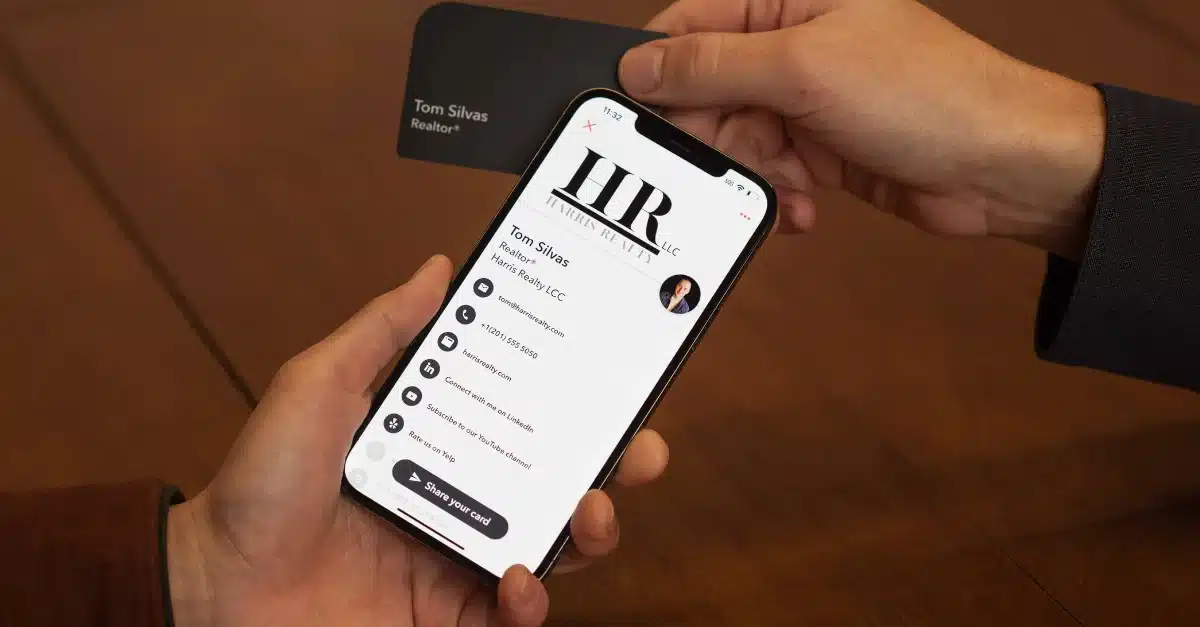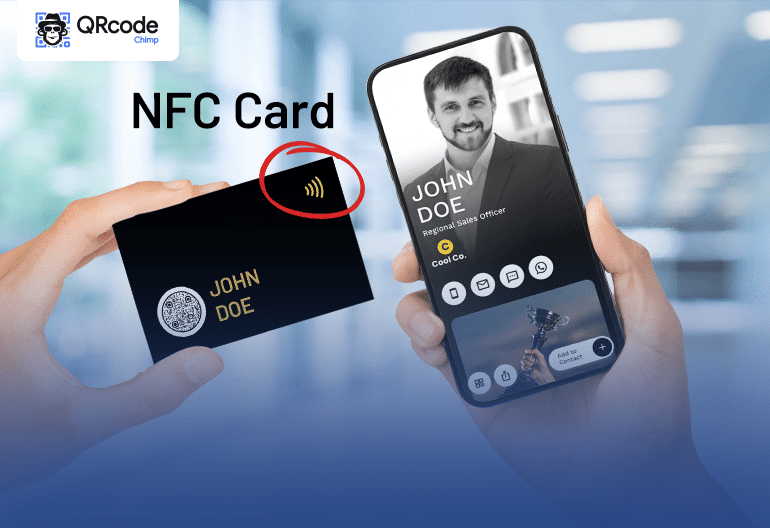NFC (Near Field Communication) technology has become an integral part of many smartphones, enabling users to tap into various functionalities and experiences with a simple touch. NFC tags embedded in smartphones allow for communication and data exchange, facilitating innovative features like contactless payments and interaction with smart devices. This blog will explore the concept of NFC tags on smartphones, their capabilities, and the popular applications that utilize this contactless technology.
Keyword: NFC tags on smartphones
What are NFC Tags?
NFC tags are small contactless chips embedded in smartphones that enable users to send and receive data by simply tapping their device against compatible NFC readers or surfaces. These tags have the ability to store information, initiate actions, and perform various tasks based on the programmed instructions.
Functionality of NFC Tags on Smartphones:
a. Sending and Receiving Data: NFC tags on smartphones enable users to exchange various types of data, including contact information, URLs, app downloads, and multimedia files. This makes data sharing quick, seamless, and convenient.
b. Mobile Payments: NFC technology plays a crucial role in mobile payment solutions like Apple Pay and Android Pay. By linking their payment cards or accounts to their smartphone’s NFC capabilities, users can make secure and contactless payments at supported payment terminals.
c. Smart Device Interaction: NFC tags facilitate interaction with smart devices, enabling users to control or configure compatible devices by simply tapping their smartphone against NFC-enabled objects. This includes adjusting settings on smart home devices, pairing with Bluetooth devices, and accessing information from smart posters or advertisements.
Popular Applications of NFC Tags on Smartphones:
a. Contactless Payments: NFC tags on smartphones drive the adoption of mobile wallet apps, allowing users to make secure payments by tapping their device against point-of-sale terminals. This eliminates the need for physical payment cards and enhances the speed and convenience of transactions.
b. Digital Business Cards: NFC tags can store contact information, providing a modern and convenient way to share details with others. By tapping their smartphone against an NFC-enabled device or card, users can instantly transfer their contact information, avoiding the need for manual entry or physical business cards.
c. Smart Home Control: NFC tags on smartphones can be programmed to control various aspects of a smart home system. By tapping their device against an NFC tag placed near a door, users can activate pre-programmed actions such as turning on lights, adjusting thermostats, or unlocking doors.
d. Secure Access: NFC tags allow for secure access control to restricted areas or facilities. By waving or tapping their NFC-enabled smartphone against an NFC reader, users can authenticate their identity and gain access without the need for physical keys or access cards.
Benefits and Considerations:
a. Convenience and Speed: NFC tags provide a quick and effortless method of data exchange, enabling users to perform various tasks with a simple tap.
b. Enhanced Security: NFC technology ensures secure communication and data transfer between devices, making it a reliable choice for sensitive transactions like mobile payments.
c. Compatibility: While NFC technology is supported by most modern smartphones, it is essential to check the capabilities of your device to ensure it has NFC tag reading and writing functionalities.
Conclusion:
NFC tags embedded in smartphones have revolutionized the way we interact with the world around us. Whether it’s making contactless payments, exchanging contact information, controlling smart devices, or accessing secure areas, NFC technology simplifies tasks and enhances convenience. By understanding the functionality and capabilities of NFC tags on smartphones, users can tap into the potential of this contactless technology and unlock a world of innovative experiences.
Keywords: NFC tags on smartphones, contactless technology, data exchange, mobile payments, smart device interaction, applications, benefits, compatibility.



